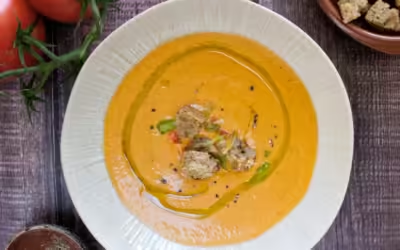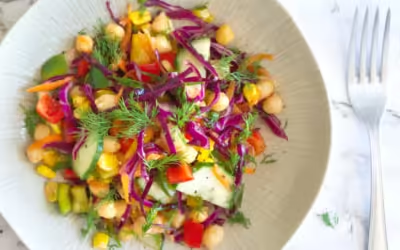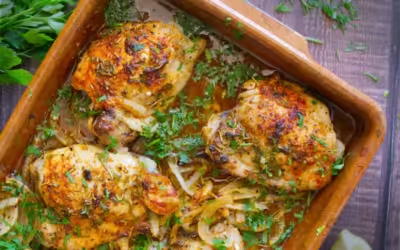Murcia Regional Foodie Guide
– The best food guides, recipes, and travel tips for the autonomous region of Murcia –
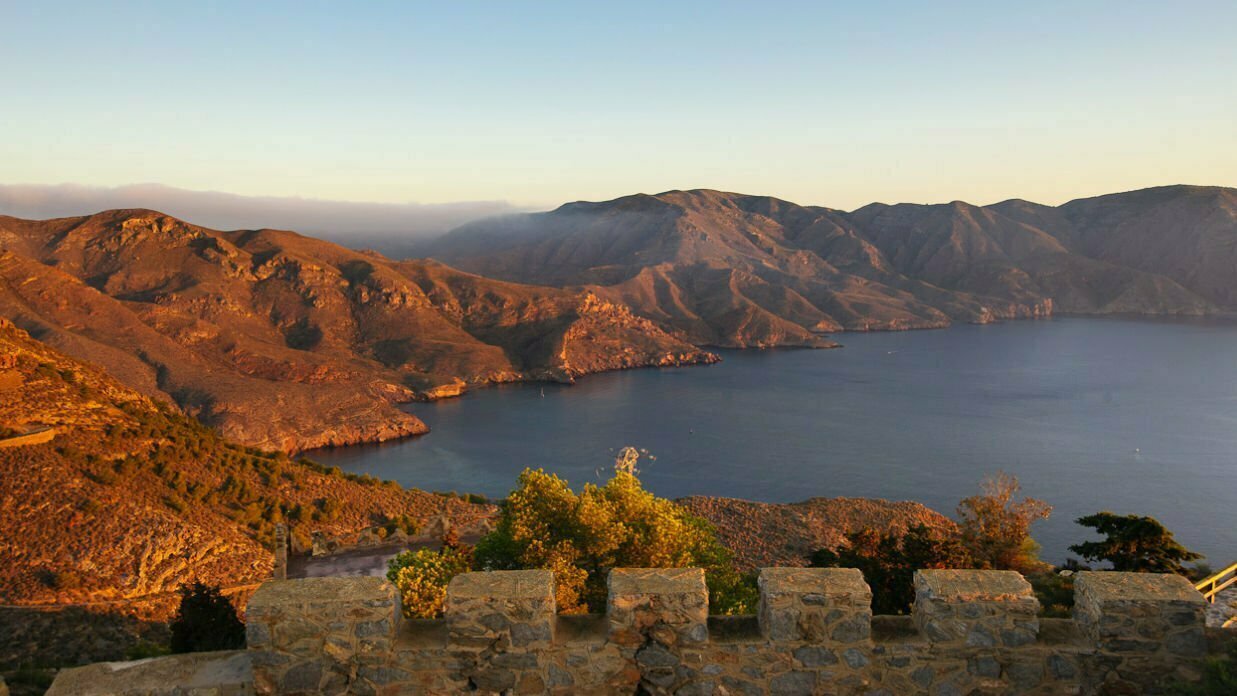
Welcome to the region of Murcia. Come explore with us with our Murcia regional foodie guide!
Situated on the South-Eastern corner of the Iberian Peninsula, the autonomous region of Murcia is often referred to as La Costa Cálida (the balmy coast), mainly due to its pleasant Mediterranean climate where locals enjoy nearly year-round sunshine and very short, mild winters.
The region of Murcia offers spectacular seafood and fish dishes, as well as an abundance of fresh fruit and vegetable dishes that are renowned for their excellent quality and flavor. A trip to the region of Murcia is a must for anyone visiting Spain.
An introduction to the Region of Murcia
The region of Murcia lies on the southeastern end of Spain where its coast spans two seas and harbors multiple ports, bays, and pristine white-sand coves. Venture inland and you’ll discover plentiful grazing land and a strong agriculture industry.
The Murcian landscape is pockmarked with almond orchards, orange and olive groves, plus a wide range of fresh fruit and vegetable orchards. The prosperous agricultural land grows around quaint villages and towns, many of which are built around historic medieval ruins or roman castles and are steeped in history.
The fruitful landscape is evident in the food found throughout the region of Murcia. The locals share a fondness for fresh ingredients such as fruit and locally grown vegetables, plus recipes that require the freshest seafood and fish. Meat dishes are often served as hearty broths and stews and beef. and pork is a favorite throughout the region
From the bustling tapas bars in the larger cities such as Murcia and Cartagena to the sleepy fishing villages and seaside towns such as Aguilas and Calabardina, the quality and diversity of food and authentic Spanish recipes unites the region of Murcia.
Historically, the Murcian coast was considered a haven for sailing with its many picturesque ports dotted up and down the coast. One such example is the port town of Cartagena, established in the 2nd century B.C. the city thrived during Roman times and still boasts an impressive Roman amphitheater ruin, the Casa de la Fortuna.

La Costa Cálida
With the region’s proximity to two seas (the Mediterranean and the Mar Menor), there is lots of access to turquoise blue waters, secluded coves, and pristine white-sand beaches. Up and down the coast, there’s plenty to explore and the Murcian coast is a hotspot for tourists during the summer season each year.
The best food of Costa Cálida
Costa Cálida is well-known for exceptional quality giant prawns and ‘huevas de mújol’ (caviar) is a local specialty well worth searching for while visiting the region.
Of course, rice is also plentiful and can be found in many authentic Murcian recipes.
Traditional rice dishes found in the Costa Cálida
- Arroz y conejo (Rice with rabbit)
- Arroz de verduras (Rice and vegetables)
- Arroz marinero (Rice with seafood)
- Paella huertana (Orchard or ‘garden’ paella)
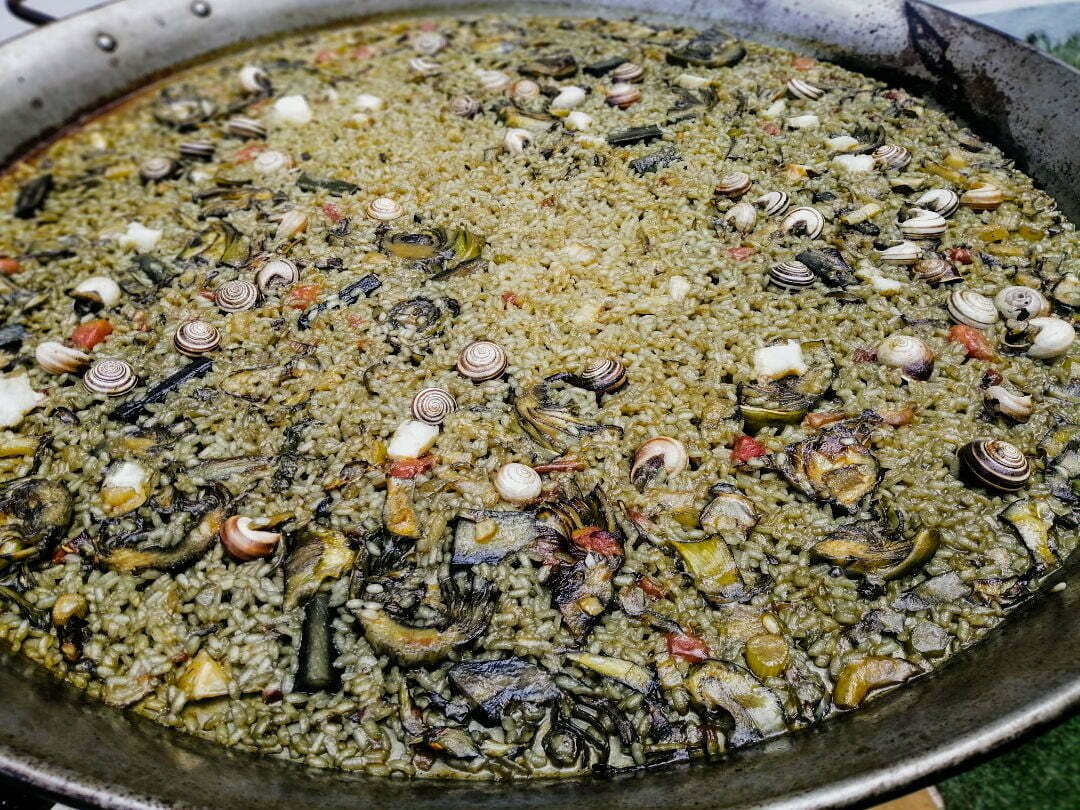
Traditional recipes of Murcia
The semi-arid and temperate climate and low rainfall lend well to agriculture, with many fresh fruit and vegetables being grown year-round. The inland regional zone of Murcia is full of orange and olive groves, as well as almond orchards that grow between fields full of lavender and wild rosemary.
Seafood, shellfish, sausages, and roasted meat are staples in many of the dishes found on the coast and inland, and tapas dishes are always popular throughout Murcia.
Rice is grown as well as Calasparra, a more matured strand of rice that is often used to make paella and rice dishes from the region. Calasparra rice is regarded for swelling to three times its original size when cooked, making it an ideal paella rice.

Extra Virgin Olive oil also features as a base for many recipes, with recipes such as Ensalada Murciana (or ‘Mojete’) pairing only two bold ingredients with the freshest tomato and then a dash of extra virgin olive oil on top.
This simplistic pairing of ingredients is a signature style of Murcian cuisine, which often focuses on the freshest and most flavorsome ingredients available.
Some popular Murcian cuisine includes;
- Pisto Murciano – A humble vegetable stew that is made with red and green peppers, aubergine, courgette, tomatoes, onions, garlic, and spices.
- Alcachofas de la Abuela – Literally translates to ‘Grandmother’s Artichokes’ and is made by simmering whole artichokes in meat and wine broth with pine nuts and bay leaves.
- Marinera – A traditional Murcian sandwich topped with a potato and tuna salad mixture and garnished with an anchovy fillet.
- Ordero Asado a la Murciana – Roasted leg of lamb.
- Arroz al caldero – Cauldron-cooked Rice.
- Bacalao Fresco con Tomate – Fresh cod with tomato salad.
- Bonito con Tomate – Tuna with Tomato salad.
- Pulpo a la Murciana – Murcian-style oven-cooked octopus.
- Verduras a la Plancha – Grilled Vegetables.
- Revuelto – Scrambled eggs with runner beans, garlic, onions, and ham.
- Zarangollo – Basically Ratatouille and an omelet mixed together. We’ve got a similar vegan-friendly pisto recipe here
- Pastel de carne – Meat, tomato, and egg-filled pastries.
- Potaje – a rich stew dish.
- Habas con jamón – Ham and broad beans.
- Caldo Murciano – Local soup broth served with meatballs. Commonly served on Christmas day.
- Michirones – A spicy bean stew with pork and sausage (usually eaten with a toothpick).
- Chuletas al ajo cabañil – Garlic lamb chops.
- Pescado a la sal – Baked fish covered in salt.
- Ensalada Murciana (also sometimes called “mojete”) – Fresh locally produced tomato and extra virgin olive oil, served with fresh bread to mop up the extra oil.
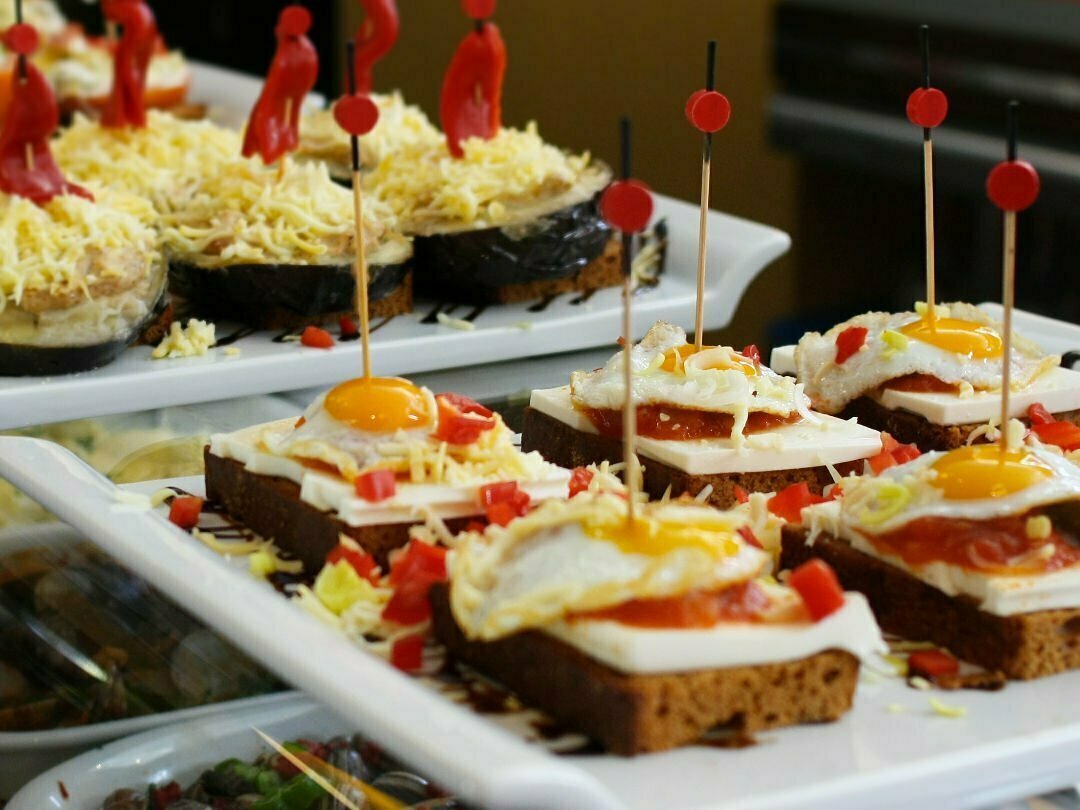
Tapas from Murcia
Like any region in Spain, Murcia has a thriving tapas scene where you’ll find small hot and cold dishes accompanying a drink. Murcia has very warm weather with plenty of sunshine so the tapas offered throughout the region is quite varied.
A large proportion of the regions tapas bars are located within the larger cities such as Murcia, and Cartagena, where locals and visitors rub shoulders enjoying tapas on the many terraces throughout the cities.
Small salad tapas are excellent and easy to find throughout Murcia, and many dishes feature artichokes that are grown in the region. Recipes mixed with almonds and stew are also very common, especially in the inland regions of Murcia. Here are just a few Murcian tapas dishes to look out for:
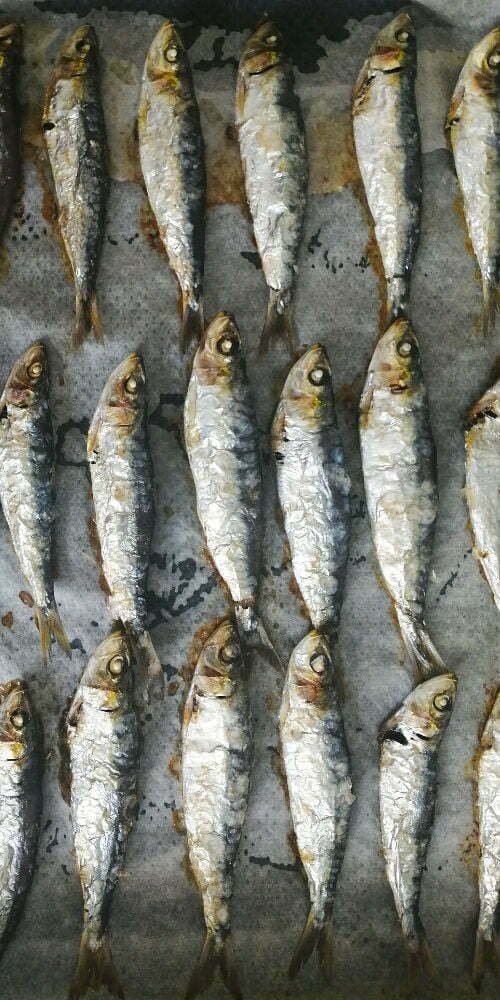
Classic Murcian tapas dishes
- Tortilla de Espárragos Trigueros – Wild Asparagus Tortilla (we’ve got a 30-minute recipe here)
- Pimientos de piquillo rellenos de bacalao – Piquillo peppers stuffed with cod
- Mojete Murciano – Murcian ‘mojete’ is a soup starter dish made with tomatoes, onions, boiled eggs, tuna, and olive oil
- Volovanes de Zarangollo – Vol-au-vents from Zarangollo
- Zarangollo Cartagenero – Zarangollo from Cartagena
Artichoke Tapas dishes from Murcia
- Alcachofas con frutos de mar – Artichokes with seafood
- Alcachofas hervidas – Boiled artichokes
- Alcachofas rebozadas – Breaded artichoke hearts
- Alcachofas en salsa de vino – Artichokes in wine sauce
Aubergine tapas dishes from Murcia
- Berenjenas asadas – Roasted eggplants
- Berenjenas con nueces – Aubergines with walnuts
- Berenjenas Rellenas – Stuffed Eggplant
- Berenjenas en tempura – Aubergines in tempura
Salad tapas dishes from Murcia
- Empanada de Pisto – Ratatouille Empanada
- Empanadillas de Bonito – Empanadillas of Bonito
- Ensalada de ahumados – Smoked Salad
- Ensalada Alcazareña – Alcazareña Salad (a salad made with red and green peppers, spring onion, a boiled potato, and sauce made with apple cider vinegar and olive oil)
- Ensalada de Alubias y Mojo – Bean and Mojo Salad
- Ensalada Fresca de Pepino – Fresh cucumber salad
- Ensalada huertana con huevo – Salad with egg

Murcian Desserts
Almonds are grown throughout the inland plains of the Murcia region and feature in many desserts and cakes.
- Turrón de Jijona ice cream is still made traditionally and is a ‘nougat’ ice cream made from almonds grown in Murcia.
- Paparajotes – A light dough made with eggs, flour, and milk is fried. Usually served garnished with fried lemon tree leaves and some sugar sprinkled on top.
- Leche Frita – A national dish with a regional touch, usually served throughout the Murcia region with liquor flambé and nougat ice cream.
- Pan de Calatrava – This deliciously simple bread pudding uses crème caramel, caramel, and day-old bread.
- Tortadas – A layered sponge cake decorated with cream, cherries, and fruits from the Murcian region.
- Bienmesable – Sponge cake made with syrup, sweet pumpkin, and almond.
Cheeses of Murcia
- Murcian Cheeses are granted a DOC rating and there are two categories of the Murcia DOC cheese, Queso de Murcia and Queso de Murcia al Vino. Murcia DOC cheeses are all produced from whole milk from Murciano–Granadina goats.
Drinks of Murcia
- Licor 43 – Distilled in Cartagena. It is made with 43 different ingredients, including citrus fruits, herbs, vanilla, and other spices.
- Asiático coffee. It’s an alcoholic cocktail made with espresso, brandy, and condensed milk (and a few drops of Licor 43).
- Sangria – (explained due to the high proportion of ex-pats, Sangria is found here on many of the beach bars – Link to a tasty and exciting Sangria recipe (not the usual boring red one…)
- Mantellina – This is a typical Murcian drink that hails from the Totana municipality. It is made with water, honey, lemon juice, muscatel wine, and star anise.
Wine from Murcia
- Most important vineyards are found in the municipalities of Jumilla, Bullas and Yecla. The most widely used grape is the Monastrell, a red grape variety of small and compact bunches.
- Jumilla and Yecla wines are widely acclaimed for their full-bodied taste and fruity finish.

Learn the secrets of the Mediterranean Diet –
It’s no secret that the Mediterranean diet is healthy. It has been proven in numerous studies from all corners of the world, it aids weight loss, reduces the risk of heart disease and type 2 diabetes, as well as a growing list of other health benefits.
Find out what’s most exciting about the diet and create some incredibly tasty and simple Spanish recipes.
Looking for more travel inspiration?
Check out our other Regional foodie guides from all over Spain!
The Basque Country
Straddling part of the border between France and Spain, the Basque Country (País Vasco) has an incredibly diverse landscape that extends far beyond the renowned foodie capitals of larger cities such as San Sebastian and Bilbao. While the region is small, it has the highest concentration of Michelin-starred restaurants in the world per capita.
Galicia
Exploring the far northern Galicia region by food is like opening a foodie treasure trove. With a rugged coastline that divides two seas, undulating hills, and large fertile plains that benefit from the highest annual rainfall in Spain. Galicia is blessed with exceptional quality fresh produce, seafood, meat, and dairy products at every turn.
Galician cuisine is perhaps most famous for the stunning dessert, the Tarta de Santiago, but visitors to the region should take time to explore the many delicacies and dishes that are made in the region.
Madrid
They say that all roads lead to Madrid and a small stone slab lies discretely within Madrid’s Sol Plaza celebrating the geographic kilometer ZERO of Spain. But, it’s just a short stroll in any direction where you’ll find the rich aromas of authentic Spanish food wafting from the alleyways and narrow cobbled streets that are lined with Madrid’s famous tapas bars and prestigious restaurants.
Madrid is not only the geographic center of Spain but also the renowned melting pot where Spain’s culinary cultures merge. This is no more evident than in the enormous range of Spanish and international cuisine on offer throughout the capital, and with nearly 10,000 restaurants within the Madrid region, you’re spoilt for choice!
The Valencia Region
With its white-sand beaches and turquoise water of the Mediterranean Sea, the Valencia region harbors some of the best cuisine and fresh produce in Spain. Orange groves are dotted all the way up and down the region, and the rich fertile soil makes for ideal vineyards, producing excellent wines. It’s also one of only two UNESCO-listed locations for gastronomy and is home to many of Spain’s most renowned restaurants.
Catalonia / Cataluña
The Catalonia region is perhaps best known for its thriving capital, Barcelona, but a close second when you mention Catalonia is the food. The region offers a wealth of authentic Spanish cuisine that has resonated all around the world.
With its borders spanning from the Mediterranean Sea in the east, to the stunning rugged grazing plains of Aragón, to the picturesque mountainous zones of the Pyrenees mountain ranges, the Catalonia region has it all!
Find us on social media!
We’re social! Reach out and say hi!
The Spanish Radish Blog
Spanish Gazpacho Andaluz | VEGAN Chilled Soup Recipe
Spanish Gazpacho Andaluz Spain's favorite VEGAN chilled soup recipe! Gazpacho Andaluz is a delicious and fresh soup recipe that will transport your tastebuds straight to the sun-kissed landscape of Andalusia, Spain. This soup is...
Mediterranean Rainbow Salad with Easy Olive Oil Salad Dressing | Healthy VEGAN Recipe
Mediterranean Rainbow Salad with Easy Olive Oil Salad Dressing Embrace the summer vibes with this Mediterranean twist on a classic and colorful Rainbow salad. This recipe is healthy, loaded with healthy salad veggies that are a...
Spanish-Style Chicken Marinade – 30 Sec Recipe with 8 Ingredients
Spanish-Style Chicken Marinade Elevate your chicken recipes with this super easy Spanish-style chicken marinade with big Spanish flavors. This marinade requires no special equipment (a jar and a fork) and can be whipped up in...


